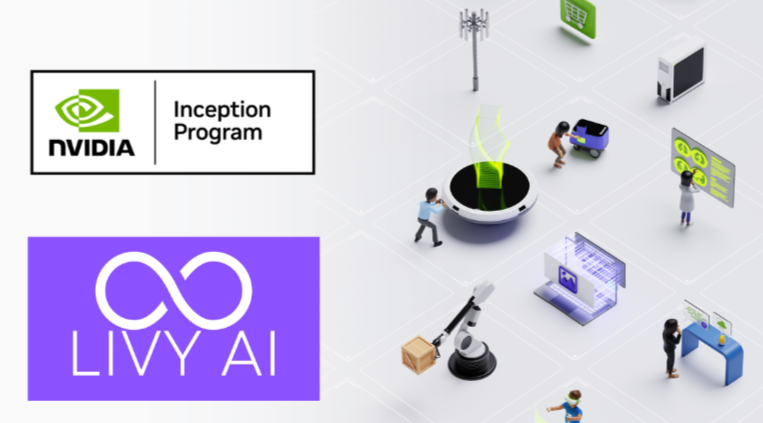
Artificial intelligence (AI) is revolutionizing the way we interact with technology, offering unprecedented capabilities and transforming industries. But what exactly is AI, and why is it so important?
Introduction: Artificial intelligence, often simply referred to as AI, is the simulation of human intelligence processes by machines, particularly computer systems. This technology encompasses a range of applications, from expert systems and natural language processing to speech recognition and machine vision.
Key Takeaways:
- AI simulates human intelligence using machines.
- It encompasses various applications including expert systems, natural language processing, and machine vision.
- AI systems work by analyzing large amounts of data to make predictions.
- There are distinctions between AI, machine learning, and deep learning.
- AI has the potential to transform businesses and industries.
Understanding AI: AI has become a buzzword in the tech industry, with many vendors promoting their products as AI-powered. However, it's essential to understand that AI is not just one component but a combination of various technologies. For instance, while machine learning is a part of AI, not all AI systems use machine learning. AI systems generally work by ingesting vast amounts of labeled training data, analyzing this data for patterns, and then using these patterns to predict future outcomes.
AI Programming Focus: AI programming emphasizes cognitive skills, including:
- Learning: Acquiring data and creating algorithms to transform it into actionable information.
- Reasoning: Choosing the appropriate algorithm to achieve a desired outcome.
- Self-correction: Continuously refining algorithms for accuracy.
- Creativity: Generating new content using AI techniques.
Distinguishing AI, Machine Learning, and Deep Learning: While the terms AI, machine learning, and deep learning are often used interchangeably, they have distinct meanings. AI refers to the broader concept of machines simulating human intelligence. Machine learning, a subset of AI, enables software to predict outcomes without explicit programming. Deep learning, a subset of machine learning, uses artificial neural networks, inspired by the human brain's structure, to drive many recent AI advancements.
The Importance of AI: AI's significance lies in its potential to reshape our lives. It can automate tasks, enhance business operations, and even open doors to new business opportunities. For instance, companies like Uber have leveraged AI to revolutionize the transportation industry. Moreover, tech giants like Alphabet, Apple, and Microsoft have integrated AI to improve their operations and stay ahead of competitors.
Advantages and Disadvantages of AI: While AI offers numerous benefits, it also comes with challenges. Some of the advantages include:
- Efficiency in detail-oriented jobs.
- Reduced time for data-heavy tasks.
- Labor savings and productivity boosts.
- Consistency in results.
- Enhanced customer satisfaction through personalization.
- 24/7 availability of AI-powered virtual agents.
However, AI also has disadvantages:
- High costs.
- Need for deep technical expertise.
- Limited availability of qualified AI professionals.
- Potential for bias in AI systems.
- Job displacement leading to increased unemployment.
Categories of AI: AI can be categorized into weak or strong. Weak AI, also known as narrow AI, is designed for specific tasks, like Apple's Siri. In contrast, strong AI, or artificial general intelligence (AGI), can replicate human cognitive abilities. It can apply knowledge from one domain to another autonomously.
Types of AI: AI can be classified into four main types:
- Reactive machines: Task-specific systems without memory, like IBM's Deep Blue.
- Limited memory: Systems that use past experiences to inform future decisions.
- Theory of mind: Systems that understand human emotions and predict behavior.
- Self-awareness: Machines with a sense of self, though this type of AI does not yet exist.
AI in Today's World: AI is integrated into various technologies, from automation and machine learning to machine vision and natural language processing. For instance, robotic process automation (RPA) combined with AI can automate more significant portions of enterprise tasks. Machine vision allows machines to "see" and analyze visual information, while natural language processing enables computers to understand and process human language.
In conclusion, AI is not just a technological trend but a transformative force. As it continues to evolve, it promises to reshape industries, drive innovation, and redefine the way we live and work.

